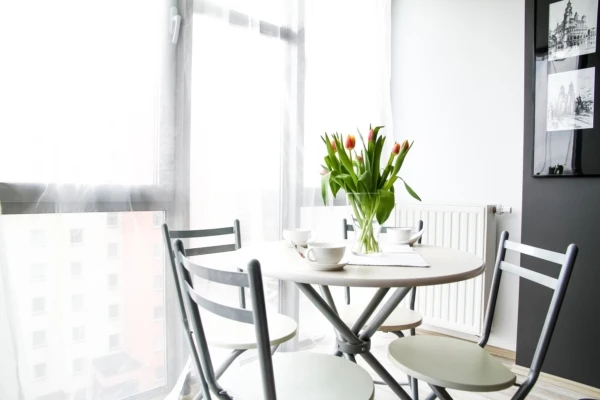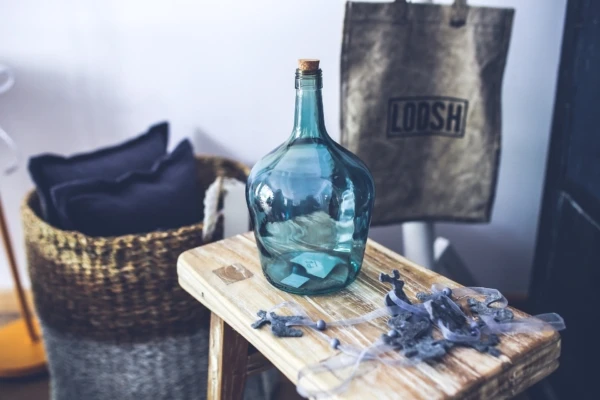Scandinavian Style in Interior Design

Scandinavian interior design style originated in the 1940s and can be easily described in three words – functional, simple, and natural.
It is an extremely popular home design style, and one of its appeals is that Scandinavian style enthusiasts love to take items out of their original context and place them unexpectedly in new locations. Thus we can see welding residue carrying various accessories on office walls, next to which a black leather strap sprawls, with different messages attached to it with paper clips.

The main materials are considered to be natural wood, glass, aluminum, and steel, but also plastic. Among current practitioners of Scandinavian style, the popular tones are rather light earth-like colors, but in earlier times they represented this style with bright tones and striking patterns.
In its earthiness, lightness, and coziness, there is also a firm background to Scandinavian style: a fleeting moment of daylight, long winters, small houses, and people seeking warmth for months hidden within them, people who practically demand something nearby that would fill their hearts with flame. Thus light-reflecting objects are placed in homes, plenty of natural textiles in the form of curtains, blankets, rugs, and pillows, and rather light furniture pieces. The classical line of this style loves to see old things in itself and reuse is preferred, but hidden behind simple objects, important Scandinavian designers with their quite expensive prices can still hide themselves in rooms.
While admirers of classical Scandinavian style love to fill almost all free surfaces in their rooms and thereby create a sense of home, nowadays the rule rather applies "less is better" and straight lines and minimalism have taken over. Thanks to this, several designers have risen to prominence, and names like Arne Jacobsen, Hans Wegner, Alvar Aalto run through the ranks of modern style admirers, whose furniture pieces can cost thousands of euros and whose designs existing in a home are like a matter of pride.



To bring the same style into your own home, try to follow these keywords:
Light
Neutral colors
White, beige, and gray tones are what you should strive for.
Natural materials
Wood, glass, metal, leather, and porcelain are a sure choice!
Textiles
A textiles-covered sofa gives a room a cozy feeling in an instant. Admirers of a harsher style can look towards leather pieces.
Interesting objects
Old suitcases and books, a rocking horse, and lamps with interesting shapes bring joy to you and attract the interest of your guests.





